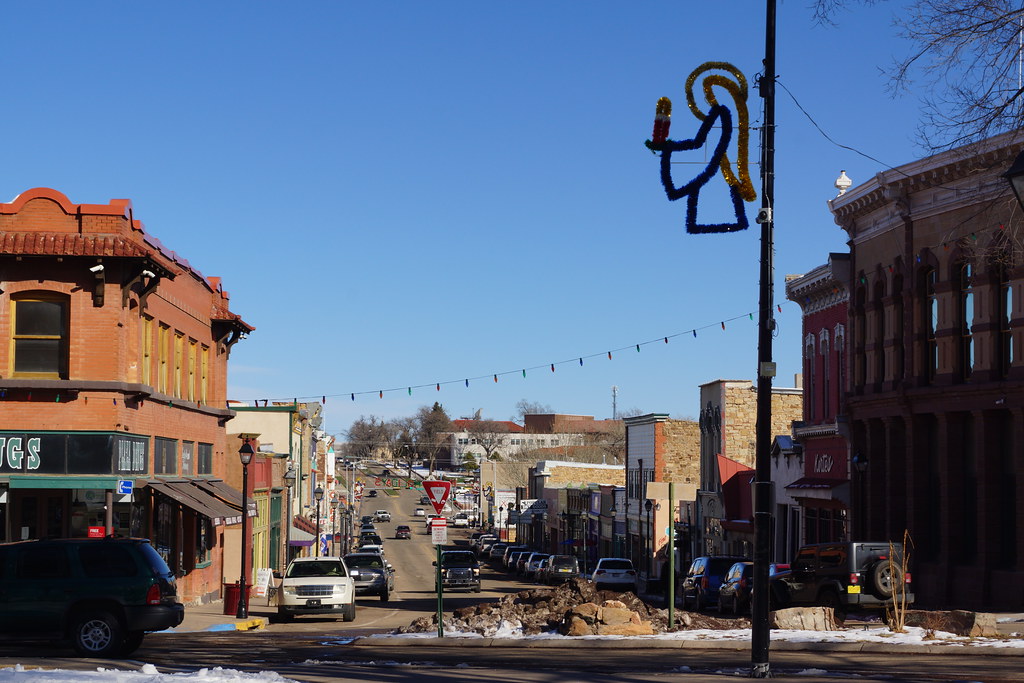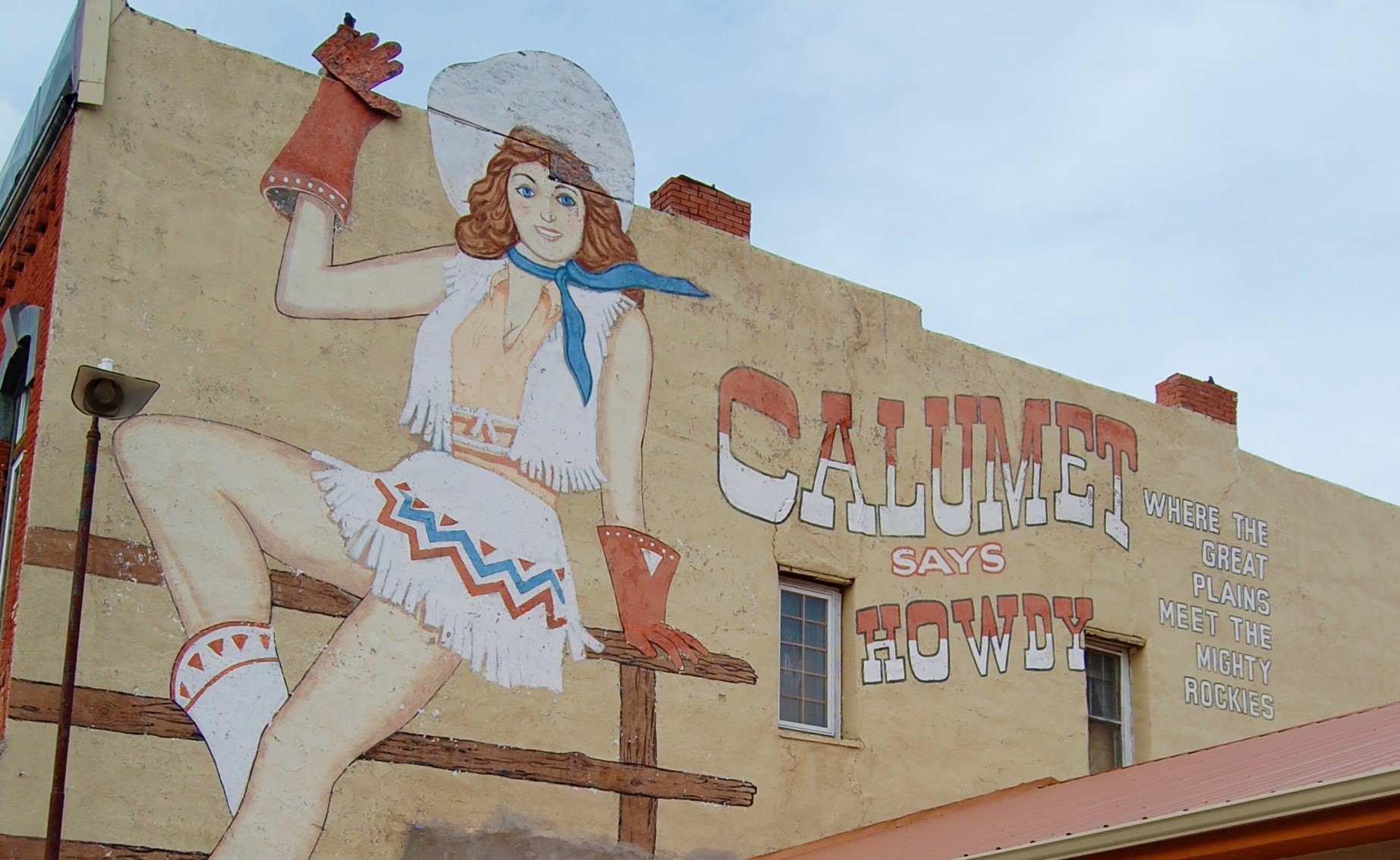The Las Vegas water problem is a view of our future with climate chaos, brittle infrastructure, more disasters, resource depletion, and bills coming due.
Last week’s post provided a big-picture look at the coming convergence of big ticket expenditures during a time when Americans are less able to afford them than anytime in recent memory. Infrastructure built during the post-war boom is reaching the end of its useful life and will need to be replaced (or not), just as we’re going to have to continuously rebuild after bigger, more severe storms, floods, and wildfires. On top of both, many believe a rapid transition to renewable energy (and all the additional infrastructure that would require) is needed to mitigate the worst effects of the climate chaos to come. This week, let’s look at how these converging crises meet up in a little town in New Mexico. The Las Vegas water problem is a miniature version of the bigger issues we’ll all be dealing with soon enough.
Las Vegas, NM, is a small town of around 13,000 people, established in 1835 on a land grant from the Mexican government before it was claimed by the United States. Earlier this spring and summer, the Hermits Peak/Calf Canyon wildfire burned through the area. The largest and most destructive fire in New Mexico history, it burned over 340,000 acres of brush, grass, and conifer forest, destroying or damaging nearly a thousand structures east of Santa Fe, dangerously close to little Las Vegas.
Then, heavy monsoon rains came and soaked the acres of wildfire ashes. In a way, this was great, because the area is in deep drought, made worse by dwindling Colorado River water. Every drop is needed. However, as journalist Justin “Beau” King put it, have you ever put out a campfire with water? Rain and ashes combined into a grey sludge that flowed into the Gallinas river, one of the city’s two water sources. The Las Vegas water problem was already bad enough, with conservation measures made necessary by the western drought. Now, half their water is undrinkable, filled with sooty, ashy residue that can’t be filtered out and may take years to dissipate.
What’s worse, adding chlorine to disinfect the water for municipal use is dangerous. When the chlorine interacts with the organic materials in the ashy residue, it forms carcinogenic compounds. Mmmmmm.

However, there’s a stopgap solution for the Las Vegas water problem. With only 20 days worth of water left, Las Vegas installed a pre-treatment system at nearby Storrie Lake. By giving the lake water an initial treatment to remove excess sediment and other contaminants before feeding it into the regular treatment facility, Las Vegas has been able to add a day’s worth of water to their supply for every day they use the process. The double-treated lake water may taste, smell, and look different from what residents are used to drinking, but at least it’s something. They now have just over a month’s worth of water in reserve, with the lake expected to provide about 100 days worth of water.
Using Storrie Lake as a municipal water source is, at best, a temporary solution for the Las Vegas water problem, and Las Vegas is, itself, a microcosm of the new normal in a changing world. What they’ll do when the lake falls too low remains to be seen, and may involve the National Guard having to bring water from somewhere else. But where, and for how long, before life is untenable in the dry American West?
Climate change worsened the drought that provided such dry tinder for the wildfire to spread. The fire tainted already-scarce water and destabilized soil which seasonal rains eroded into waterways. Infrastructure built to work in the last century’s conditions is often not resilient enough to contend with the new normal of increasing storms, droughts, heat waves, and floods. New water treatment plants don’t grow on (charred) trees, either. Building the new treatment plant that Las Vegas needs will cost millions, for this 13,000-person town. Where will the money and resources come from?
The Las Vegas water problem, and the efforts of one small town to live day-to-day in the face of disasters, brittle infrastructure and climate chaos is a struggle that will repeat itself in various ways across the country in the coming years. Imagine an intense late-season hurricane that roars up the East Coast in November, destroying swaths of homes and power stations just before a winter ice storm. Or rising sea levels in coastal areas filling porous aquifers with saltwater, but the cost of desalination plants makes them a nonstarter. Or annual “hundred year” floods in the Midwest that drown crops and towns, but insurance companies have stepped back from covering uninsurable flood zones. All in a country that’s broke from repeated rebuilding, short of energy resources, and where we’re all on our own. Any stress, and the system breaks.
The time to plan is now.
Related: The Coming Economic Gaps Will Change Us
Sources:
Let’s talk about the other Las Vegas….
City of Las Vegas narrowly avoids running out of water
Permanent water solution for Las Vegas residents could take 4-5 years
Monsoon flows temporarily prop up New Mexico waters
Disaster upon disaster: Wildfires are contaminating the West’s depleting water with ashy sludge
Storrie Lake pre-treatment system begins arriving in Las Vegas


Join the conversation!